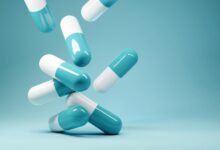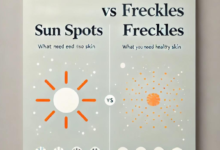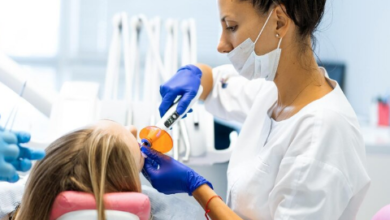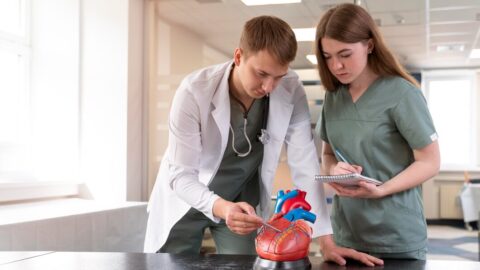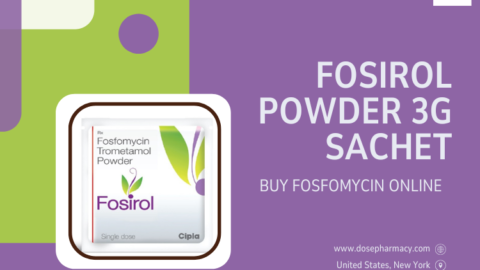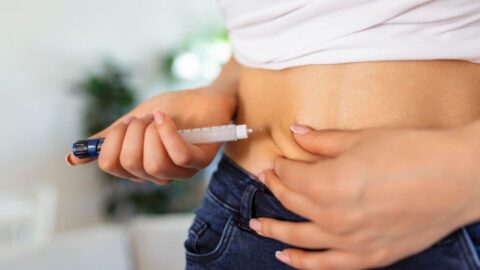What To Eat When You Have Diarrhea?
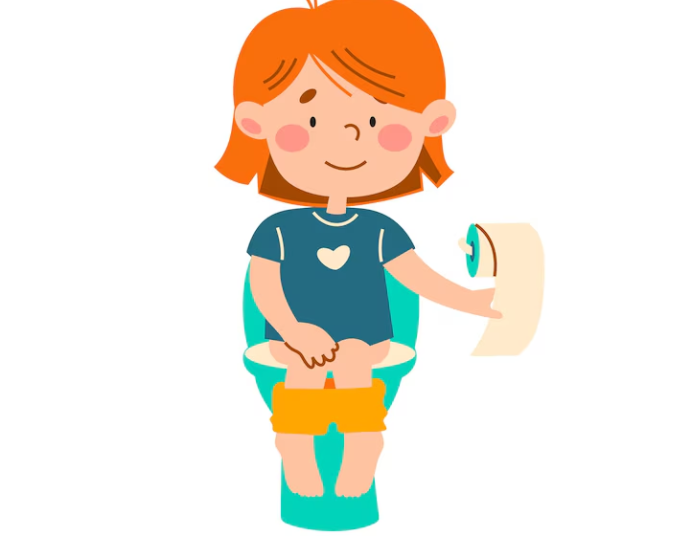
Diarrhea is one of those unpleasant experiences everyone deals with at some point. Whether triggered by a virus, bacterial infection, or digestive issues, diarrhea can leave you feeling drained, uncomfortable, and concerned about what you can eat without making things worse. If you suffer from Diarrhea then Nitazoxanide 500 mg is best way to treat diarrhea. Choosing the right foods and drinks during this time can help manage symptoms, rehydrate your body, and speed up recovery. Here’s a guide to what to eat when you’re dealing with diarrhea and how these choices can help soothe your stomach and restore balance.
The BRAT Diet: A Starting Point
The BRAT diet is often the go-to recommendation for easing diarrhea symptoms. BRAT stands for Bananas, Rice, Applesauce, and Toast. Each of these foods is low in fiber, bland, and easy on the digestive system, making them ideal choices to begin with. Take Nitazoxanide 200 mg to treat diarrhea.
- Bananas: Bananas are rich in potassium, an essential electrolyte that gets depleted during diarrhea. They are also easy to digest and contain pectin, a type of soluble fiber that can absorb excess liquid in the intestines.
- Rice: White rice is gentle on the stomach and provides a good source of carbohydrates to help maintain energy. It’s also known to firm up stools due to its low fiber content.
- Applesauce: Applesauce provides pectin as well, aiding in stool formation. Additionally, it’s easier to digest than raw apples, which are higher in fiber.
- Toast: Plain, white toast (without butter or jam) can help provide a small amount of energy without irritating the stomach. Whole grains can be too hard to digest, so white bread is preferred during diarrhea.
While the BRAT diet can be a great starting point, it lacks essential nutrients like protein and fat, which you need to gradually reintroduce as you recover.
Hydration Is Key
Diarrhea can quickly lead to dehydration, which can be serious if not managed. Here are some fluids that are effective in keeping you hydrated:
- Water: Simple, essential, and always the first choice. Drinking water consistently throughout the day can help replenish lost fluids.
- Electrolyte Solutions: Drinks like Pedialyte or oral rehydration solutions (ORS) contain sodium, potassium, and other electrolytes to replace those lost during diarrhea. These are often more effective than water alone for rehydration.
- Clear Broths: Chicken or vegetable broth can provide both hydration and small amounts of sodium, which help with electrolyte balance.
- Herbal Teas: Peppermint or ginger tea can soothe the stomach and reduce bloating and cramps. Avoid caffeinated teas as caffeine can worsen diarrhea.
Probiotic-Rich Foods
Probiotics can be a great addition to your recovery plan if you’ve had diarrhea for more than a day or two, especially if it was triggered by an infection or antibiotic use. Probiotics help restore the balance of healthy bacteria in the gut.
- Yogurt: Plain, unsweetened yogurt with live cultures (probiotics) can be beneficial, as it contains beneficial bacteria like Lactobacillus and Bifidobacterium, which may help shorten the duration of diarrhea.
- Kefir: Similar to yogurt, kefir is a fermented dairy product high in probiotics. It’s easy to digest and provides a range of beneficial bacteria for gut health.
If dairy tends to upset your stomach, look for non-dairy options that contain live probiotics, such as fermented soy or almond-based yogurts.
Low-Fiber Vegetables and Fruits
While fiber is generally beneficial for digestion, during diarrhea, it’s best to stick to low-fiber foods to avoid further irritation of your gut.
- Cooked Carrots: Carrots are low in fiber when cooked, easy on the stomach, and provide important nutrients like beta-carotene.
- Peeled Potatoes: Plain, peeled potatoes can provide energy and are gentle on the digestive system. Avoid frying them, as high-fat foods can worsen diarrhea.
- Canned Peaches and Pears: Fresh fruits can be hard on the stomach due to their fiber content, but canned (unsweetened) peaches and pears are gentler and provide some vitamins.
Remember, it’s best to cook or steam vegetables thoroughly to make them even easier to digest.
Lean Proteins
After a day or two of following the BRAT diet and gradually reintroducing low-fiber foods, you can begin adding lean protein sources back into your diet. Protein helps your body heal and provides energy without taxing your digestive system.
- Boiled or Steamed Chicken: Plain, skinless chicken breast is a good option because it’s low in fat and easy on the stomach.
- Baked Fish: Fish like cod, tilapia, or haddock is low in fat, high in protein, and easy to digest when baked without added oil or heavy seasonings.
- Eggs: Scrambled or boiled eggs are another gentle protein option that can help provide energy and nutrients as you recover.
Foods to Avoid During Diarrhea
Just as there are foods that can help, certain foods should be avoided when dealing with diarrhea, as they can worsen symptoms:
- Dairy Products: For some, dairy can worsen diarrhea due to lactose intolerance, which can temporarily develop after an intestinal upset. Avoid milk, cream, and cheese until you fully recover.
- Fried or Fatty Foods: Foods that are high in fat can increase intestinal motility, making diarrhea worse. Avoid fried foods, fatty meats, and rich sauces.
- Spicy Foods: Spicy foods can irritate the digestive system, so it’s best to steer clear of hot sauces, chili, and heavily spiced meals.
- High-Fiber Foods: Avoid high-fiber vegetables, beans, and whole grains initially, as they can worsen diarrhea by promoting stool bulk. Instead, stick to low-fiber options until your symptoms improve.
- Sugary Foods and Drinks: Sugar can pull more water into your intestines, worsening diarrhea. Avoid sodas, candy, and high-sugar juices.
Reintroducing Foods Gradually
Once your symptoms improve, reintroduce foods gradually to allow your digestive system time to adjust. Start with bland, low-fiber foods and lean proteins before moving on to complex carbohydrates and higher-fiber options.
Listen to your body’s signals and don’t rush. Introducing too many new foods at once can overwhelm your digestive system, potentially leading to more digestive upset.
When to See a Doctor
Diarrhea typically resolves within a few days, but there are times when professional medical advice is necessary. Contact a healthcare provider if you experience:
- Diarrhea lasting more than three days
- Severe abdominal pain or cramping
- High fever
- Dehydration symptoms like dizziness, dark urine, or dry mouth
- Bloody or black stools
Persistent diarrhea can be a sign of a more serious underlying condition, so it’s best to consult a doctor if symptoms don’t improve.
When you’re dealing with diarrhea, the right food choices can make a significant difference in your comfort and recovery. Start with the BRAT diet and gradually reintroduce other foods like low-fiber vegetables, lean proteins, and probiotic-rich items to help restore gut balance. Avoiding high-fiber, fatty, and spicy foods is essential, as these can irritate your digestive system further.
Most importantly, stay hydrated with water, electrolyte solutions, and clear broths. Remember that if symptoms persist or worsen, it’s best to seek medical advice. With gentle, mindful eating and the right choices, you can help your digestive system recover smoothly and get back to feeling your best.


